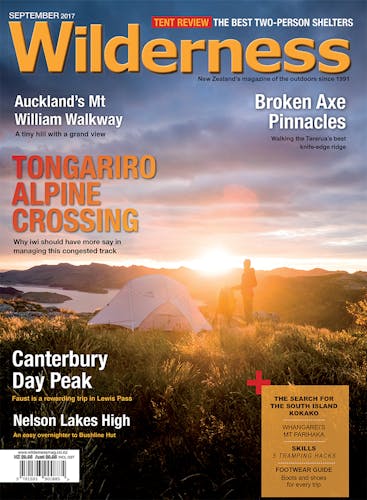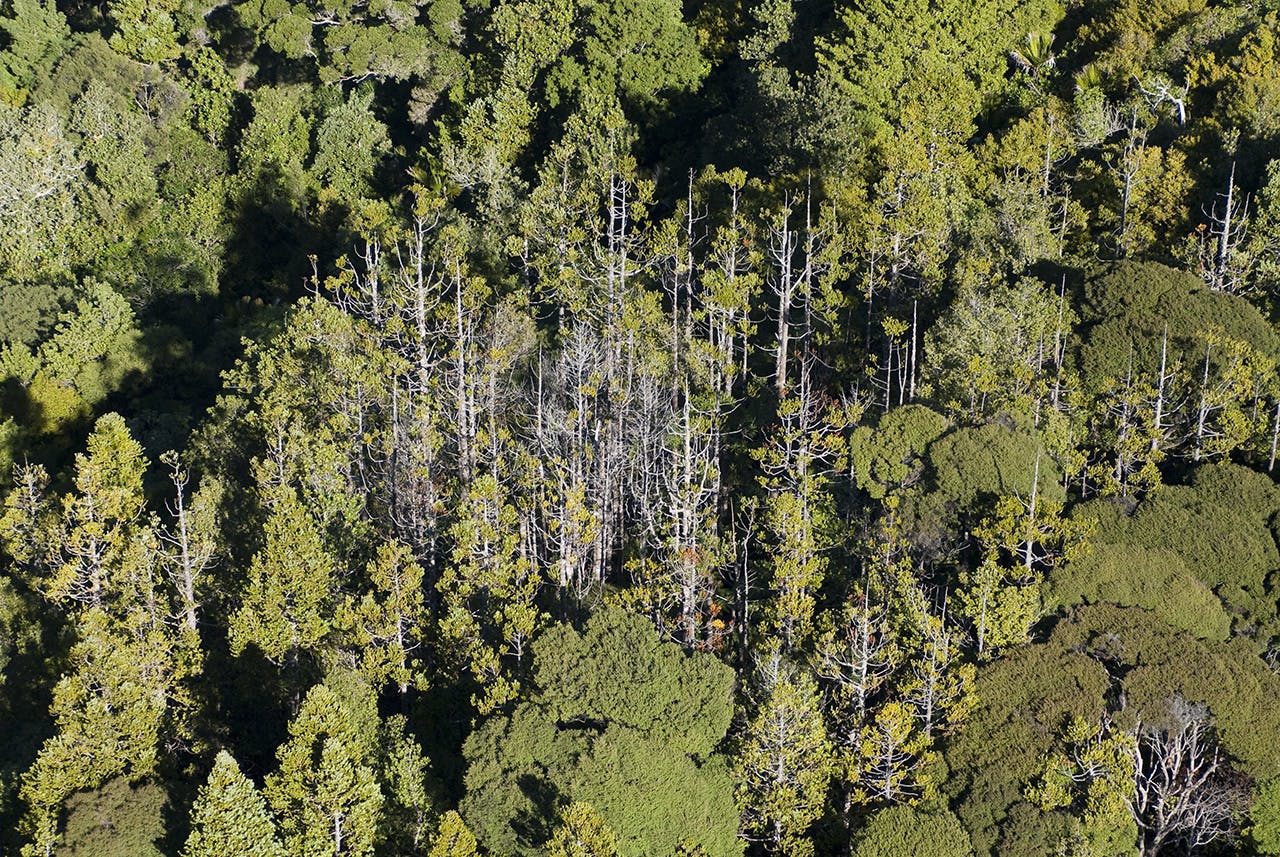Walkers visiting Waitakere Ranges Regional Park are putting kauri at risk of becoming infected with kauri dieback disease by ignoring signs asking them to clean their footwear and by jumping barriers to walk tracks that have been closed.
A new report has detailed findings that show on some tracks as many as 83 per cent of visitors are not using the kauri dieback cleaning stations provided at trailheads and track junctions. Previously dieback-free areas were also showing signs of infection, indicating people are still walking closed tracks. A total of 18.95 per cent of all kauri in the park are now infected with the disease, up from 7.9 per cent in 2011.
“I’m shocked,” said Nick Waipara, Auckland Council’s principal biosecurity advisor. “I guess I was hopeful some of the measures we put in place would have halted the spread. We closed access to two areas of very high health kauri and to see that the measures had failed was very disheartening. Not because they failed, just that people still used the tracks.”
Waipara said new measures were now being considered, but noted closing the Waitakere Ranges was not possible. “There are towns there – Titirangi, Piha – you can’t close the Waitakere Ranges,” he said, adding the best option might be to close tracks by means other than placing a barrier at the entrance. “Remove the surface, replant it and let nature recolonise it,” he said. “That’s a form of closure we didn’t try.
“Everything has to be on the table now. This report is showing we’re going to lose entire stands of kauri. So we have to start looking at how you actually close a track rather than just put a barrier up.”
Despite the doubling in the number of kauri infected with the disease, Waipara is still optimistic. “There’s things we can do. It’s not airborne, this thing is getting around with people so it’s making sure that primary vector, people, know about it and do something about it.”








